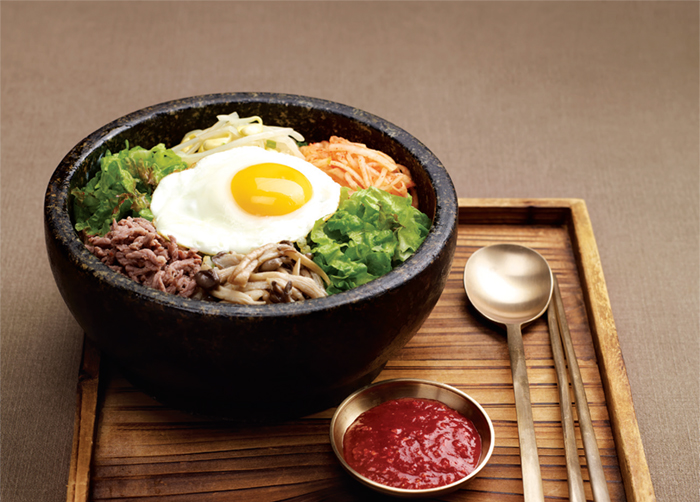Introduction: South Korea’s Street Food Culture
South Korea is well-known for its vibrant street food culture, with countless vendors lining the busy streets of cities like Seoul. From sweet treats to savory snacks, there is no shortage of options for those looking to indulge in some delicious and affordable fare. Many of these dishes have become iconic representations of Korean street food, and have gained popularity around the world.
Tteokbokki: The Spicy Rice Cake Dish
Tteokbokki is arguably the most popular street food dish in South Korea. It consists of chewy rice cakes that are cooked in a spicy gochujang (Korean red pepper paste) sauce with vegetables such as cabbage and carrots. Tteokbokki can be found in a variety of settings, from street vendors to traditional Korean restaurants. It’s not uncommon to see locals enjoying this dish as a snack or even as a meal.
Japchae: A Noodle Dish with Vegetables and Meat
Japchae is a noodle dish that is commonly served at Korean celebrations and events. It consists of glass noodles made from sweet potato starch, mixed with a variety of sautéed vegetables such as spinach, carrots, and mushrooms, as well as thinly sliced beef or pork. The noodles are typically seasoned with soy sauce and sesame oil, giving the dish a savory and slightly sweet flavor.
Hotteok: A Sweet and Savory Pancake
Hotteok is a popular street food snack that can be found throughout South Korea. It’s a type of pancake that is filled with a mixture of brown sugar, cinnamon, and chopped nuts, and then fried until crispy on the outside and chewy on the inside. Some vendors also offer savory versions of hotteok, filled with ingredients like cheese or vegetables.
Kimbap: The Korean Take on Sushi
Kimbap is a popular snack or light meal in South Korea, and is often compared to sushi due to its similar appearance. It consists of seasoned rice wrapped in seaweed, with a variety of fillings such as cooked egg, pickled vegetables, and meat. Kimbap is often sold in portable rolls that can be easily eaten on-the-go.
Odeng: Fish Cake on a Stick
Odeng is a popular street food dish in South Korea, consisting of fish cake that is skewered and boiled in a savory broth. The fish cake is made from a mixture of fish and starch, and is typically served with a dipping sauce made from soy sauce and vinegar. Odeng is a popular winter snack, and can often be found at street vendors that specialize in warm, comforting foods.
In conclusion, South Korean street food offers a wide variety of delicious and unique dishes that are worth trying for anyone visiting or living in the country. From the spicy and savory tteokbokki to the sweet and chewy hotteok, there is something for every taste bud. These dishes not only represent the flavors of Korea, but also the vibrant street food culture that is loved by locals and tourists alike.

